In the creation of an electronic product, there are several steps involved. This depends on whether it is the first version of a falling-detector for elderly people, done by your startup, or a third version of a smart lock done by your multinational company. For instance, electronic product design plays an important role for fast prototyping in electronic products.
Regardless of that, a key and common phase is fast prototyping. By doing this you can decrease risks during the development, better understand the complexity of your product to estimate deadlines, and have an MVP (Minimum Viable Product) to show to first customers, investors, or executives to demonstrate the viability of the solution.
To better illustrate this, let’s think about the creation of a smart dog collar, like the following one, from scratch.

What is fast prototyping?
Fast prototyping or rapid prototyping is the process to test all the main features and functionalities of an electronic product. The result is a raw working model of the product. Depending on the previous experience, the requirements are sorted based on uncertainty and importance, having in mind what is the added value of the product. The way to approach this stage depends very much on the product. In the same way, the tools required will also depend on this. To better illustrate it, let’s do the spec list of our smart collar:
- Small form factor
- Have GPS, a cellular connection, and WiFi
- Notify if the dog leaves a safe area (based on GPS)
- Rechargeable batteries
- Have battery life for at least a week
- Have an app to see my dogs and other friend dogs (This is the main difference, a social network for dogs based on location)
- Notification on the app when there are friend dogs in the park, or alerts when my dog or a friend’s dog get lost, to help get them.
- In case the dog is lost, a red light on the device will turn on to make it visible, even at night.
After asking our imaginary client, they told us that their priority is to get their development fast to market to start creating the dog social network, “DogBook”. They are going to receive funding from an investor so they rather have a well-designed device, with a nice app, and they are willing to tradeoff unit price and battery life, for the small form factor, and an attractive look and feel.
Having this in mind, we can jump into our fast prototyping strategy:
The product has to be pretty!
For the look and feel, the industrial design team can start working on the concept of the product. Certainly, they will need the sizes of the electronics inside, but they can start working on shapes, materials, that fit the brand.

3D printing is the way to go in this stage. It allows having basic and fast prototypes, using materials like PLA, and then more refined and robust ones using ABS and adding other methodologies to make it look like it was made in an injection mold.
I need it in the cloud!
The Internet of things (IoT) era demands everything to be in the cloud. In this case, it makes total sense, as the dog owners need to see where are their dogs and their friends dogs. In order to get something running fast and furious, there are platforms like Ubidots or Kuzzle that allows a quick (and free for low units) implementations.

These platforms allow having maps, getting data from WiFi or cellular data. The information can be display on dashboards in the form of drag and drop widgets.
I need an app for it! do I?
For the final product, an app could be the best way to manage collars information. Things like collar management, geo-fences, or battery status can be added to it. But for fast prototyping, there are other options, like using the same cloud platform in a responsive way. To leverage this, you can add to home screen the platform and make it look like an app, like this:
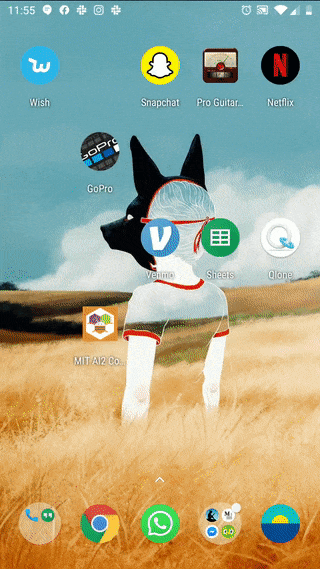
Now the Hardware
Normally the first goal of fast prototyping hardware is to make it work, no matter the means. Quick and dirty, I like to call it. This stage will normally use development boards, like ESP32, Arduino based, RaspberryPi, STM32 Nucleo kits, etc. All these platforms have big communities that allow making developments much faster. Pages like Sparkfun and Adafruit are definitively your friends in this stage. Any development board, pre-assembled circuit, or tool that shorten your development time, is highly appreciated.

Fast prototyping vs core product development
One last question after this post is, what is the difference between fast prototyping and regular-speed prototyping, or just prototyping?
The main differences between both stages are price, form-factor, and reliability.
- Spending 5 extra dollars in a tool that will make your prototype be ready faster, is a must. Spending 5 extra dollars in a product whose price goal is $25 for a 10.000-unit production, means $50.000 less profit.
- For testing our dog collar, I can use a raspberry pi with a couple of hats to have my prototype. But that is not an adequate size and weight for a pet to have it in the neck all day long. A smaller board must be designed to be as small and lightweight as possible.
- In a prototype, if something fails after 10h of continuous use, in most cases it’s ok. But in a final product, that is simply not acceptable. It should be a robust solution and contemplate failure cases to overcome them.
To know more about fast prototyping, product development and other related topics, call us +1 650 761 2043 or book a free consultation with an IoT hardware development expert.

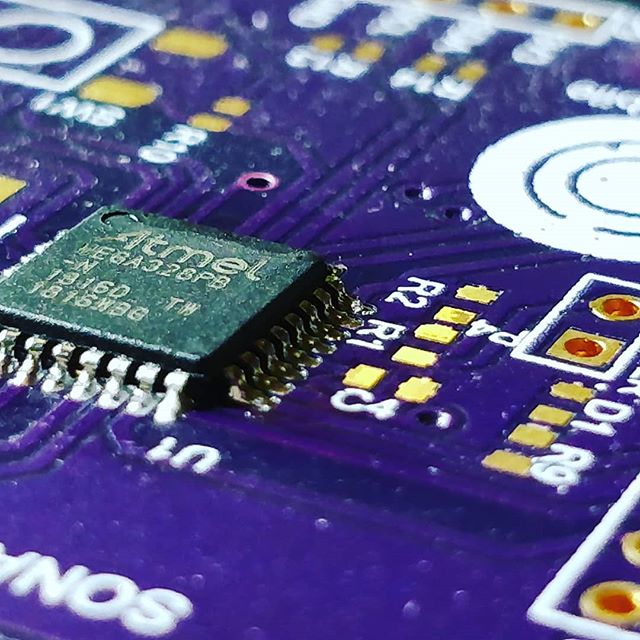

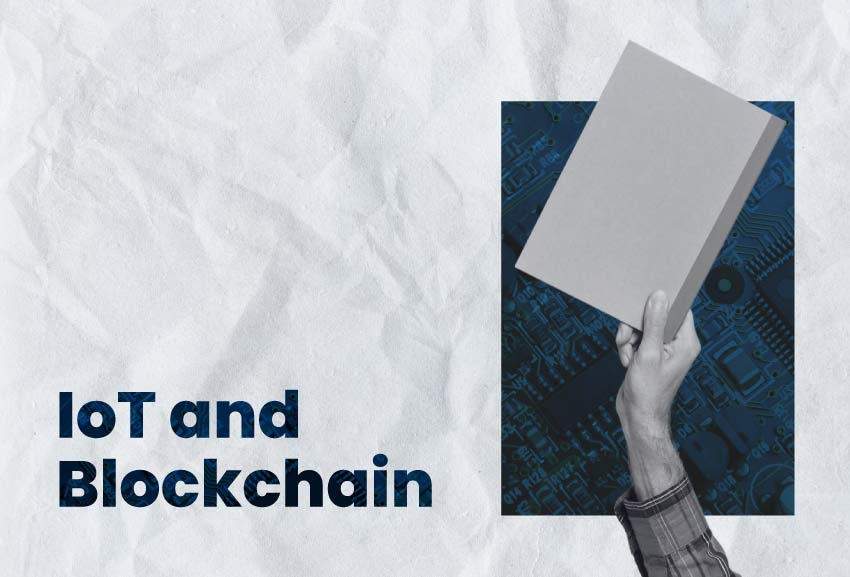
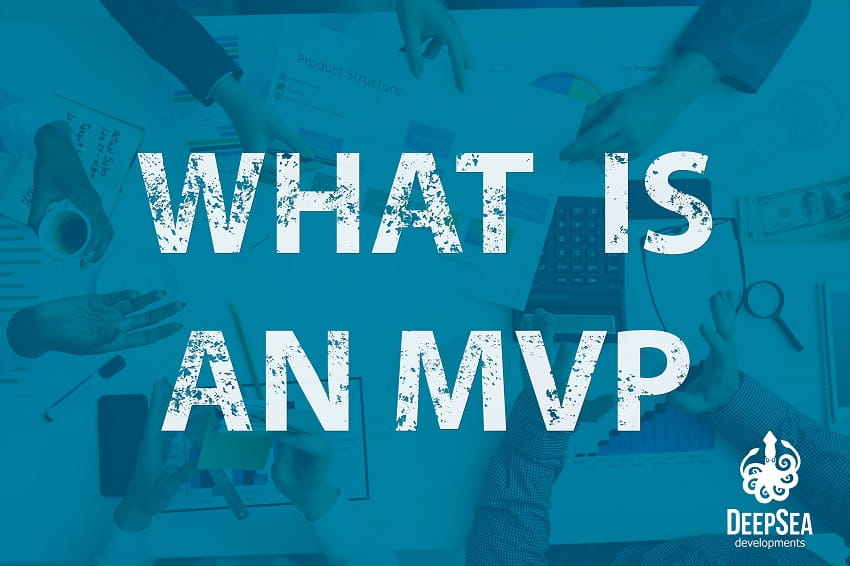
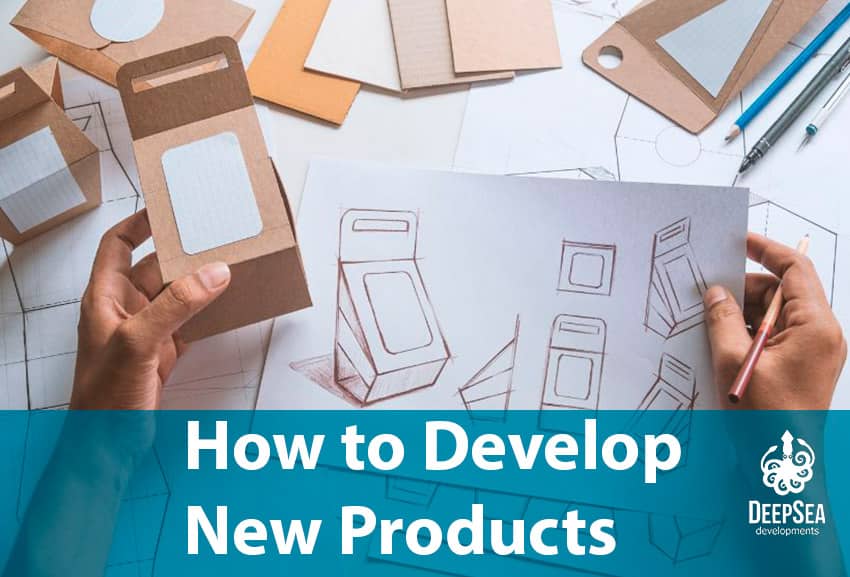
1 thought on “Fast prototyping in electronic products”
Awesome article. Congrats Nick!